1. Introduction
For clients in the water supply industry, selecting the best PPR pipe for drinking water systems is critical to ensuring long-term safety and performance. This article will define the key criteria for evaluating PPR pipes, explain why Yifan Pipeline’s products meet these standards, and highlight our customization capabilities.
2. Key Criteria for Evaluating PPR Pipes
2.1 Material Quality
The best PPR pipes are made from virgin PPR copolymer (PP-R) with a minimum melt flow rate (MFR) of 0.2-0.4 g/10min. Virgin materials ensure consistent molecular structure and resistance to degradation compared to recycled materials.
2.2 Pressure Ratings
Look for pipes with SDR (Standard Dimension Ratio) ratings of SDR 11 or lower, which can handle pressures up to 16 bar. Higher pressure ratings are essential for high-rise buildings and municipal water systems.
2.3 Temperature Resistance
Opt for pipes with a maximum operating temperature of 95°C for hot water applications. This ensures they maintain structural integrity under prolonged high temperatures.
2.4 Certification Compliance
Verify compliance with global standards:
- EN 12201 (Europe)
- NSF/ANSI 61 (USA)
- GB/T 18742 (China)
3. Performance Features of Top PPR Pipes
3.1 Leak-Free Joints
Hot-melt welding creates homogeneous joints with the same strength as the pipe itself, eliminating leakage risks.
3.2 Longevity
Premium PPR pipes have a service life of 50+ years when installed properly, reducing lifecycle costs.
3.3 Corrosion Resistance
PPR’s inert properties prevent reactions with chlorine, acids, and alkalis commonly found in treated water.
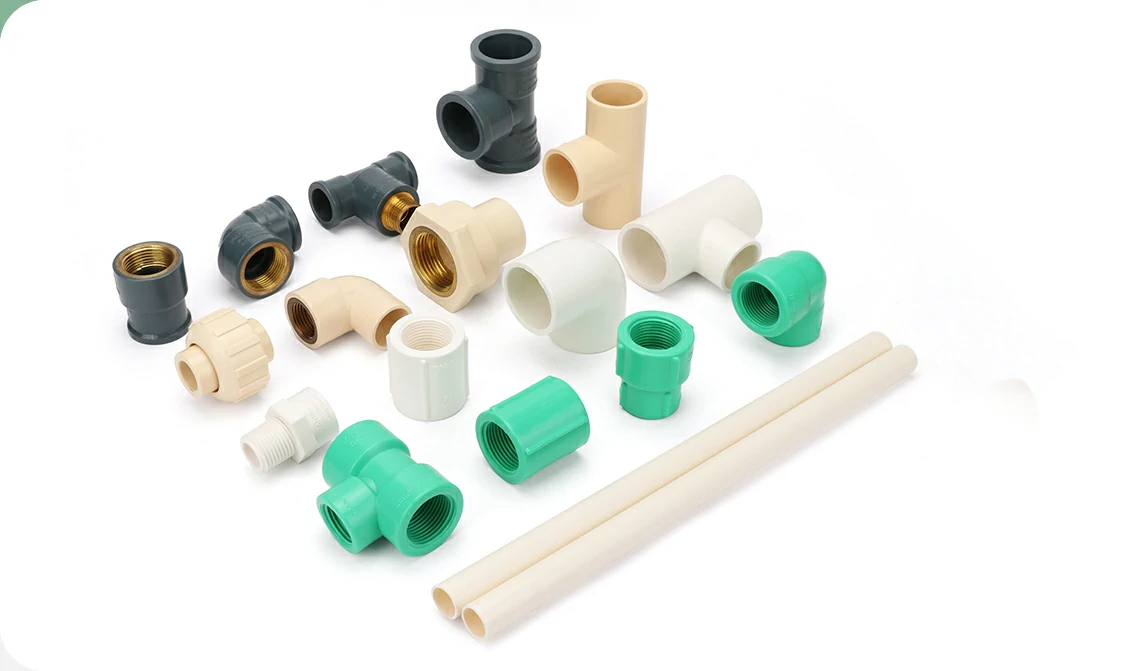
4. Case Studies: Leading PPR Pipe Applications
4.1 Smart City Projects
In Singapore’s sustainable urban development, PPR pipes with antibacterial coatings were chosen for their ability to maintain water quality in complex distribution networks.
4.2 High-Rise Residential Buildings
Dubai’s luxury condominiums use PPR pipes with high-temperature resistance to handle centralized water heating systems.
4.3 Rural Water Purification
In India’s community projects, lightweight PPR pipes were preferred for ease of installation in remote areas.
5. How to Choose the Right PPR Pipe Supplier
5.1 Quality Assurance
Look for suppliers with ISO 9001 certification and third-party testing reports. Yifan Pipeline’s products undergo rigorous pressure testing and chemical resistance analysis.
5.2 Customization Capabilities
The best suppliers offer:
- Custom diameters (DN16-DN160)
- Specialized coatings (antibacterial, UV-resistant)
- Joint design modifications
5.3 Technical Support
Choose suppliers who provide:
- Installation training
- Flow rate optimization calculations
- Post-installation maintenance guidelines
6. ifan Pipeline’s Premium PPR Solutions
As a leading manufacturer, we offer:
- ifanultra.com Exclusive Products: PPR pipes with enhanced UV stability for outdoor applications
- Customizable Options: Pipes with built-in RFID tracking for smart infrastructure projects
- Global Compliance: All products meet EU, US, and Chinese drinking water standards
7. Conclusion
Selecting the best PPR pipe involves balancing material quality, performance specifications, and supplier reliability. ifan Pipeline combines advanced manufacturing technology with flexible customization to meet the diverse needs of clients in water supply projects.
Visit ifanultra.com to explore our full range of PPR pipes and request a free consultation for your next project. Our team of experts is ready to provide tailored solutions that ensure water safety and system efficiency.

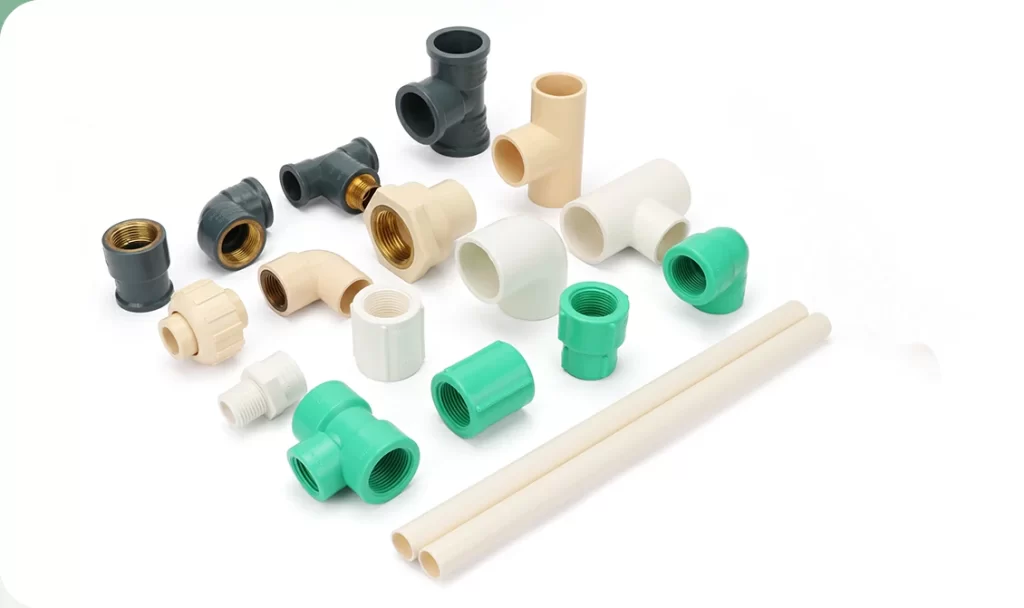
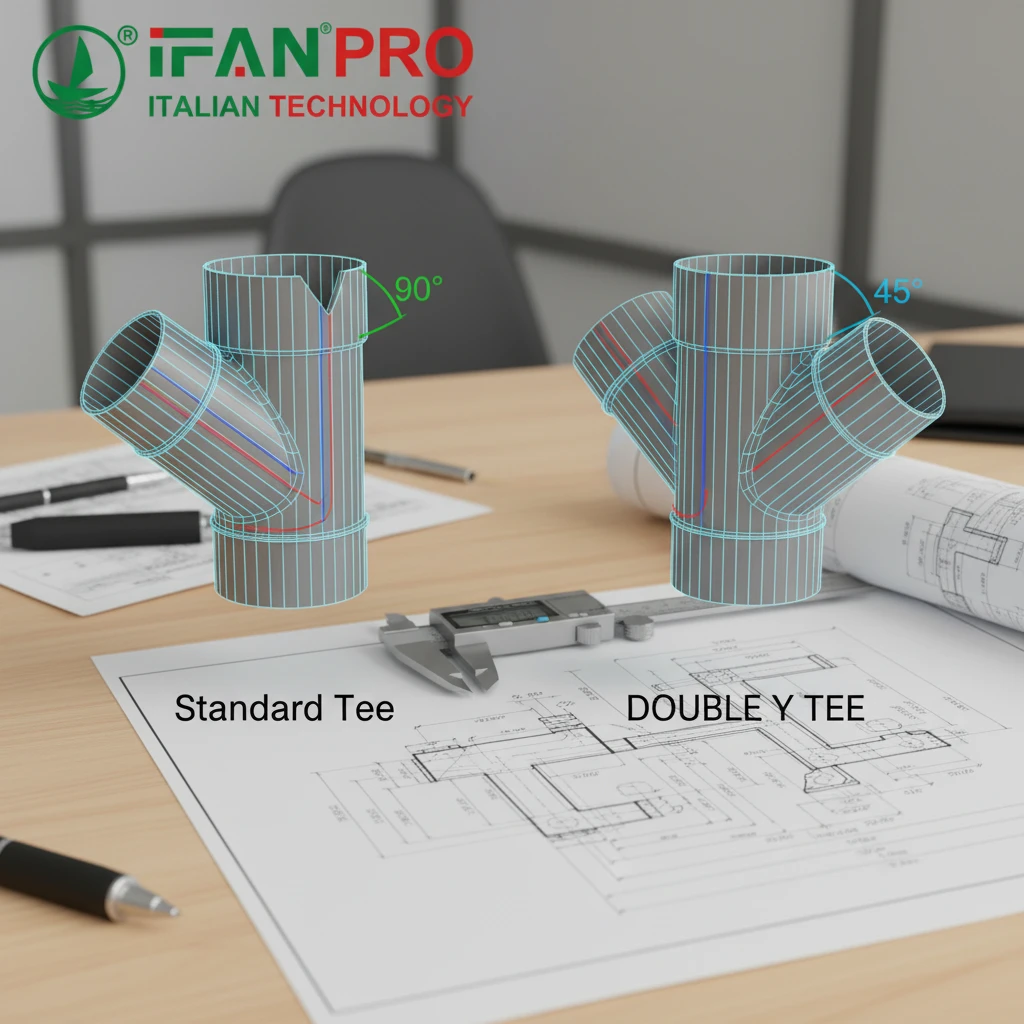

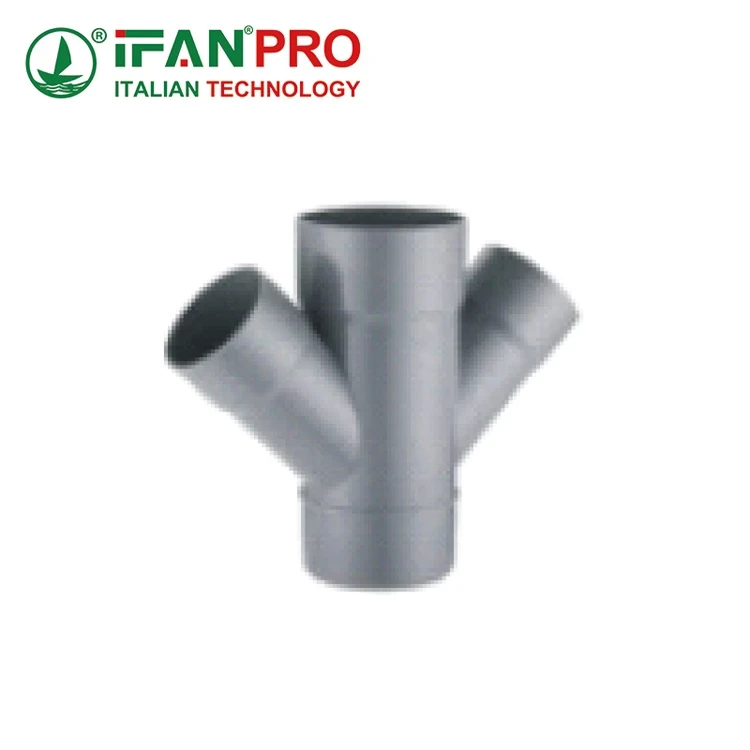
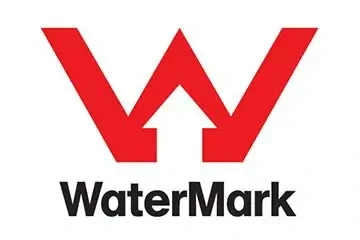

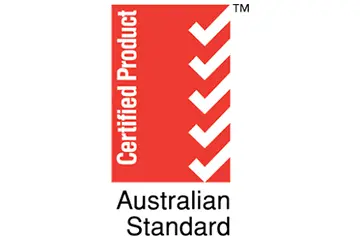
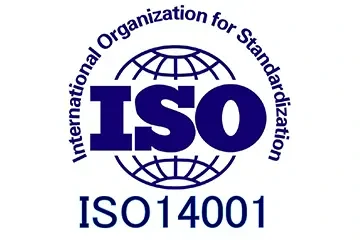
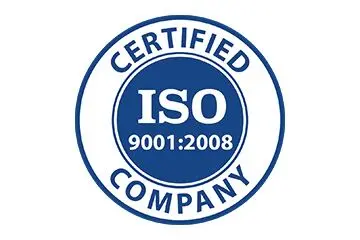
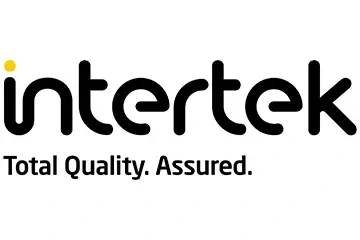
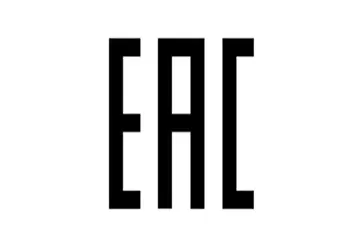
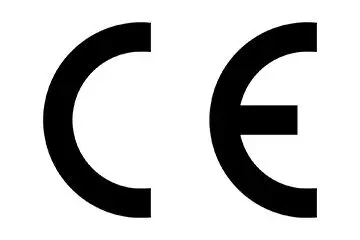
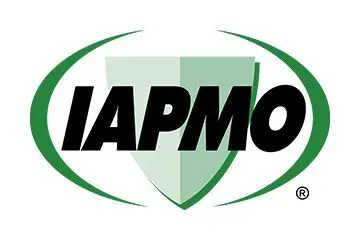
Recent Comments